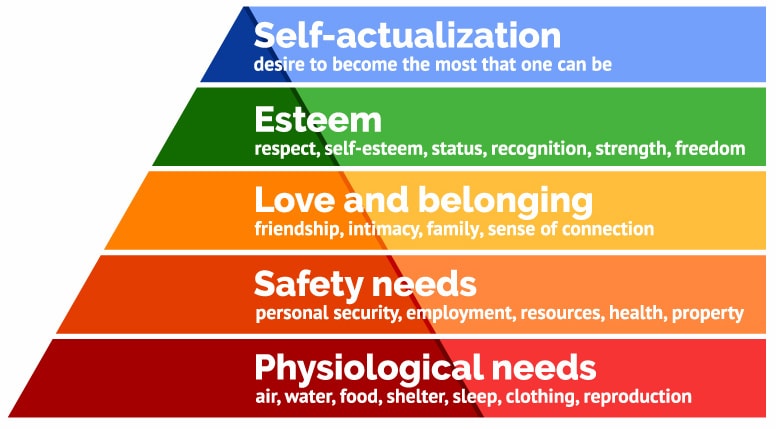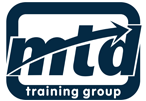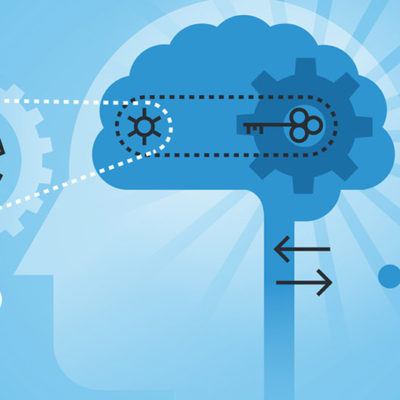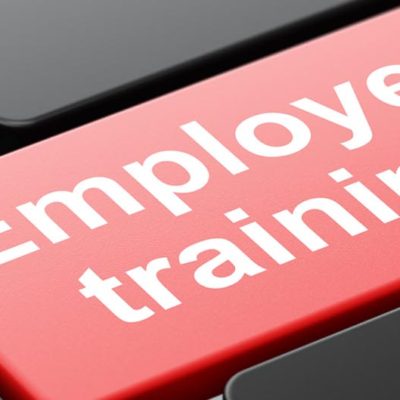“How do we motivate our staff and keep them engaged and performing up to the potential?”
That is the Holy Grail question that underpins everything we do in L&D. The question permeates the whole organisation and requires us to be counsellors, trainers, coaches, psychologists, nurses, leaders, friends, and colleagues all at the same time!
One of the most widely-known motivational theories dates back to 1943, when Abraham Maslow published his famous ‘Theory of Human Motivation’, which stated that Food and shelter (our basic needs) needed to be in place before we enabled ourselves to climb a hierarchy through emotional needs (love and belonging), intellectual needs and finally our self-actualisation needs.

Image from Simply Psychology
Nearly 80 years later, is it still relevant and practical in a world where very little is still practised from that era? Could we revamp the whole hierarchical system to match the human needs of the 21st century?
Whatever your thoughts on this, it is still evident that we have needs and desires as humans. It is still true that, without sustenance and the basics to keep us alive, they become the focus of our attention more than anything else.
Maslow was correct in that the order we perceive our needs can be seen as a hierarchy. The bigger question is whether the ideas that held true 80 years ago still apply today?
For us in L&D, we have seen a remarkable change in the way people work, at a sociological level and at a deeper purpose level. Millennials and Generation Z are bringing a whole heap of new ideologies into the workplace, and we sometimes have trouble keeping up with demands. However, if we were to analyse the human needs today, there’s not that much of a revolution going on within the workplace.
Here are our ideas on how this well-established hierarchy has evolved and developed over the years:
1) Basic needs/Security needs/Physiological needs
These are still the keys to ensuring we live and remain healthy. People will see these as being necessary to survive, let alone thrive.
If a person’s basic needs aren’t being met, they will attempt to satisfy those needs through other means. They need to be confident they are being paid enough in relation to others’ salary. We still find that no amount of perks, extraneous rewards and team motivators will work if people don’t feel they are rewarded for their efforts.
Job security, family security, team security all play their part in helping people achieve certainty in this area. Without proper, agreed, visible, transparent pay deals, team members tend to focus on those things first.
Remember, motivation is about dealing with the unmet need; if salary isn’t providing people with what they need, their focus will be on what demotivates them.
As Daniel Pink says in his book ‘Drive; The surprising truth about what motivates us’ we need to ‘pay people enough to take the issue of money off the table’. That is, if they feel they are paid fairly, people will then concentrate on the next level of performance.
If they feel they are paid the minimum for what they do, then expect minimum effort. Victor Vroom suggests that they must want the reward they are getting if they are to put in the necessary effort to achieve it.
The only way that people will feel secure and attend to their basis needs is if they feel they have these physiological needs tended to. Now, what comes next in the Maslow hierarchy for the 21st century? We feel it’s:
2) Emotional needs
When the physical needs have been dealt with, the emotional needs come next.
Now, these aren’t the airy-fairy, vague needs of feeling happy at work or have simple emotional well-being. These are the real emotional needs that will encourage your people to WANT to bring their best efforts to work. They must feel emotionally secure that they are doing a good job, so that involves:
- quality feedback systems
- performance reviews
- role clarity
- job descriptions
- two-way feedback opportunities
- feed-forward sessions
Emotionally, knowing they are doing a good job or need to improve deals with the subliminal need to feel recognised and respected. If someone carries out work and doesn’t get any feedback (they’re just doing a job) then the whole concept of taking personal; responsibility is undermined. No feedback equals lack of clarity, and so the emotional connection with the role and the company diminishes.
So we need to ensure this second need is dealt with sufficiently to achieve that emotional connection with everything the individual is expected to carry out
3) Growth and Development
Much has been said about workplace strategies for mental health, and being able to give people opportunities to develop their latent skills may well be something that would help in emotional and personal well-being. Allowing people to grow and develop can be seen as tapping into the potential of people’s abilities.
Growing and developing skillsets can be seen as one of the more important predictors of employee engagement, Harvard Business Review quoted six ways to grow your job, and one of them included ‘sign up for projects outside your main area of responsibility’
This shows that, when we have opportunities given to us to grow our skillsets and become more valuable to our employer or others, it ignites a key need within us to contribute more and achieve greater drive to succeed. The more chances we give to people to widen their horizons and built their natural skillsets, the more people will tap into their innate potential to perform at higher levels.
Here are some ways you can do this:
Offer people e-learning opportunities
Give them time to watch TED talks or videos that build knowledge in areas outside their areas of responsibility
Do things that openly encourage people to explore new ideas and concepts
Reward people who come up with ideas that stretch their job roles
Watch out for ways you can tap into this need people have and see how they increase motivation.
4) Having a purpose bigger than ourselves
The original highest level in Maslow’s hierarchy was ‘self-actualisation’. This means ‘the realisation or fulfilment of one’s talents and potentialities, especially considered as a drive or need present in everyone’.
We consider this to now be part of the third level, tapping into growth and development opportunities. Having a bigger purpose and working towards that digs deeply into the very existence of us as a race, and asks effectively ‘what actually matters to me the most?’
By working towards a real purpose, people feel more connected to themselves and others, their self-worth and self-esteem increases, they feel good about themselves, and they feel more effective as a rounded-out human being.
This means getting people in your company to buy into the vision you are heading towards, building reasons to follow the mission and contributing towards enhancing the values of the business. One way of doing this is to have a BHAG (Big, hairy, Audacious Goal) that galvanises everyone’s efforts to contribute to a bigger purpose.
Each of these four levels in the new hierarchy will get people to commit more of their discretionary effort to the overall effectiveness of the business. Motivation is still the driver that gets us to take action, as it was when Maslow designed his theory nearly 80 years ago. When we apply it to 21st century businesses, we see a development and an evolution towards building a legacy that we can leave to others.
I’m sure Abraham Maslow would have approved of the way his theory is still relevant and has evolved to meet modern-day demands

Sean McPheat | 
CEO The MTD Training Group














